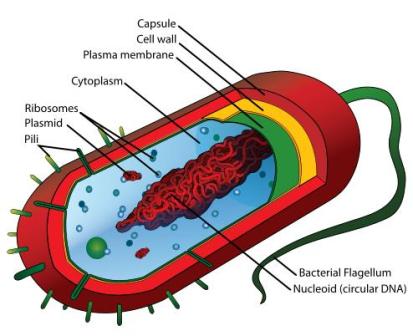John 1:3
“All things were made by him; and without him was not any thing made that was made.”
Researchers studying genetics have concluded that the evolutionary tree of life does not reflect the facts of biochemistry.
 By the 1960s, biochemists had concluded that living things could be grouped into two distinct types based on their basic structures and genetic information. Eukaryotes have one or more cells and a true nucleus. Prokaryotes have smaller cells with no true nucleus. They are so different from eukaryotes that researchers concluded that they must have developed separately from non living matter. By the late 1970s, a third type of life was recognized – the archaea. Archaea favor extreme environments such as undersea vents. Their biochemistry is unlike prokaryotes or eukaryotes. According to evolutionists, life may have had to develop from non-living material three times. Further, to explain the biochemistry of these three types of creatures, biochemists have to assume that at points these separate types had to exchange genetic material with each other, and with a fourth, unknown and extinct type of living thing!
By the 1960s, biochemists had concluded that living things could be grouped into two distinct types based on their basic structures and genetic information. Eukaryotes have one or more cells and a true nucleus. Prokaryotes have smaller cells with no true nucleus. They are so different from eukaryotes that researchers concluded that they must have developed separately from non living matter. By the late 1970s, a third type of life was recognized – the archaea. Archaea favor extreme environments such as undersea vents. Their biochemistry is unlike prokaryotes or eukaryotes. According to evolutionists, life may have had to develop from non-living material three times. Further, to explain the biochemistry of these three types of creatures, biochemists have to assume that at points these separate types had to exchange genetic material with each other, and with a fourth, unknown and extinct type of living thing!
One logical conclusion of this new evolutionary approach is that life had to arise from non-life many times. Yet, modern biochemistry still has not explained how life could arise from non-life even once. However, this is exactly the pattern we might expect if all living things are the product of a wise Creator Who used similar designs to solve similar problems.
Prayer:
Dear Father, great and glorious is the work of Your hands! Amen.
Notes:
Scientific American, 2/00, pp. 90-95, “Uprooting the Tree of Life.” Illustration: Cell structure of a bacterium, one of the two domains of prokaryotic life. (PD)
